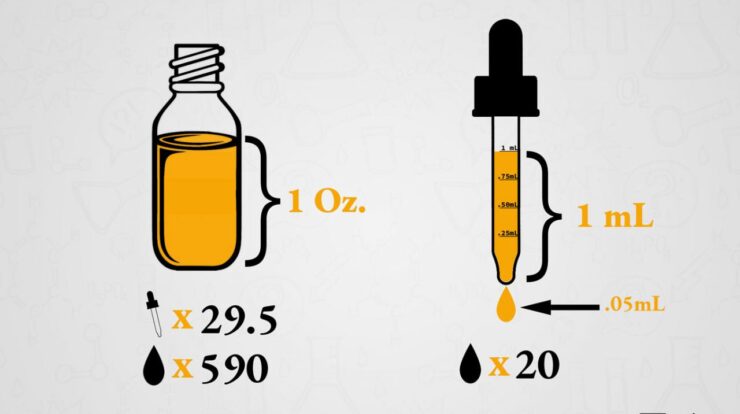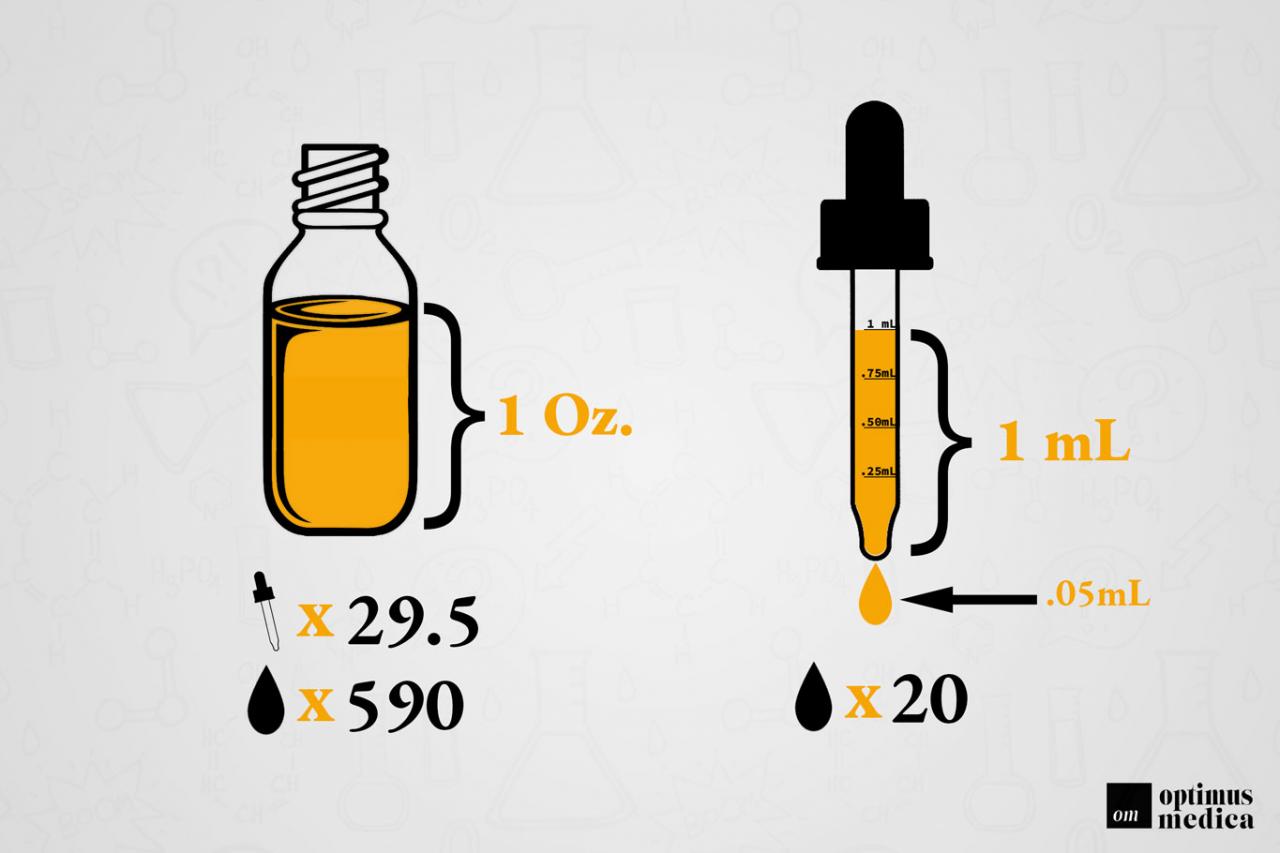
Unveiling the ‘dropper meaning’ is like embarking on a scientific adventure, where precision and accuracy are paramount. From the humble eye dropper to sophisticated burettes, these versatile tools play a crucial role in diverse fields, making them indispensable in our daily lives.
As we delve into the fascinating world of droppers, we’ll explore their etymology, unravel their diverse types, and delve into the materials and construction that define their accuracy. We’ll uncover their widespread applications, ranging from scientific experiments to culinary creations, and emphasize the significance of calibration and maintenance for reliable measurements.
Dropper Definition and Etymology
A dropper is a laboratory equipment designed to dispense small, precise volumes of liquid. It typically consists of a narrow glass or plastic tube with a calibrated scale and a rubber bulb or pipette attached to the top.
The word “dropper” originated from the Middle English term “drope,” meaning a small quantity of liquid. Over time, the term evolved to refer specifically to a device used for dispensing liquids in controlled amounts.
Types of Droppers: Dropper Meaning

Droppers come in various types, each designed for specific applications.
- Eye droppers:Small, handheld devices used to administer eye drops or other medications directly into the eye.
- Pipettes:Graduated glass or plastic tubes used for measuring and dispensing precise volumes of liquid, typically in the microliter range.
- Burettes:Long, graduated glass tubes with a stopcock at the bottom, used for titrating solutions in chemical analysis.
- Volumetric flasks:Glass containers with a calibrated neck, used for preparing and storing solutions of known concentrations.
Materials and Construction
Droppers are typically made of glass or plastic materials.
- Glass droppers:Durable, resistant to chemicals, and easy to clean, making them suitable for laboratory and medical applications.
- Plastic droppers:Lightweight, disposable, and less expensive than glass droppers, but may not be as resistant to chemicals.
The design of droppers includes features that affect their accuracy and precision, such as:
- Calibrated scale:Graduated markings on the dropper tube to indicate the volume of liquid dispensed.
- Rubber bulb or pipette:Provides suction or pressure to draw and dispense liquid.
- Tip:The end of the dropper tube, which can be blunt or pointed, depending on the application.
Final Wrap-Up
In conclusion, droppers are more than just simple tools; they are precision instruments that empower us to measure, dispense, and manipulate liquids with confidence. Their versatility and accuracy make them essential in various fields, from scientific research to everyday tasks.
By understanding the ‘dropper meaning’ and its practical implications, we can harness their potential to achieve precise and effective outcomes.
Essential FAQs
What is the primary function of a dropper?
Droppers are designed to dispense small, controlled volumes of liquid, typically ranging from a few drops to several milliliters.
How do I ensure accurate measurements with a dropper?
Calibration is crucial for accurate measurements. Follow the manufacturer’s instructions or use a standardized solution to calibrate your dropper regularly.
What are the different materials used in dropper construction?
Droppers can be made from various materials, including glass, plastic, and rubber. The choice of material depends on the intended application and the properties required, such as chemical resistance and temperature tolerance.





